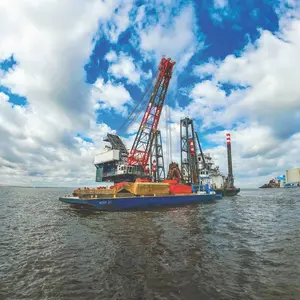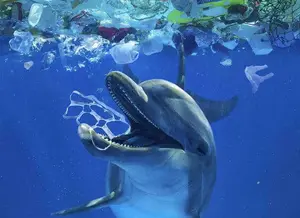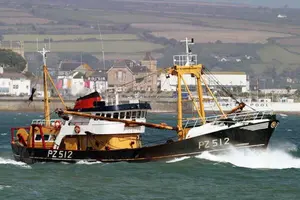Bill Doyle, CEO of the Dredging Contractors of America (DCA), provides valuable insights into the complexities and competitiveness of the U.S. dredging industry. His leadership experience, including his tenure at the Port of Baltimore, positions him as a strong advocate for the sector. Under his guidance, significant projects, such as the $4 billion Chesapeake Bay Restoration Agreement, have been secured, enabling dredging operations for the next 35 years.
The American dredging market, often viewed as a “closed market” due to the Jones Act, is surprisingly competitive. Doyle emphasizes that there are typically three bidders for many projects, including hopper dredge projects, revealing a robust competitive landscape. During the fiscal year 2023, 56 companies participated in federal dredging projects, with awards totaling nearly $2.1 billion—a 39% increase from the previous year. This reflects a growing demand for dredging services, with many projects coming in under government estimates, resulting in significant savings for taxpayers.
Doyle notes how dredging is impacted by national policy, suggesting that bipartisan support, like that witnessed during the Trump administration, will continue to shape the industry. Legislative achievements include substantial funding for various projects, indicating ongoing government commitment to improving port infrastructure.
Innovation in the dredging sector is noteworthy, with companies like Curtin Maritime leading the way in environmentally-friendly practices. Their hybrid-powered dredge, the DB AVALON, features advanced technology that reduces emissions while enhancing efficiency. The entire U.S. dredging fleet is experiencing a $3 billion recapitalization to meet increasing demands, highlighting the industry’s commitment to modernization and sustainability.
Beneficial reuse of dredged materials is also on the rise. The U.S. Army Corps of Engineers aims to increase this practice from 30% to 70% by 2030, utilizing dredged materials for projects like habitat restoration and beach nourishment. Notable initiatives vary from restoring wetland habitats in Buffalo River, to constructing beaches in Florida, and enhancing bird sanctuaries in South Carolina.
As dredging remains essential for efficient transportation and connectivity of ports with highways and rail systems, Doyle underscores the industry’s pivotal role in the broader intermodal transportation conversation. The dredging community not only supports economic activities but also contributes to environmental sustainability and infrastructure improvements. Doyle’s insights portray a vibrant and forward-thinking industry crucial to the U.S. economy.
Source link



